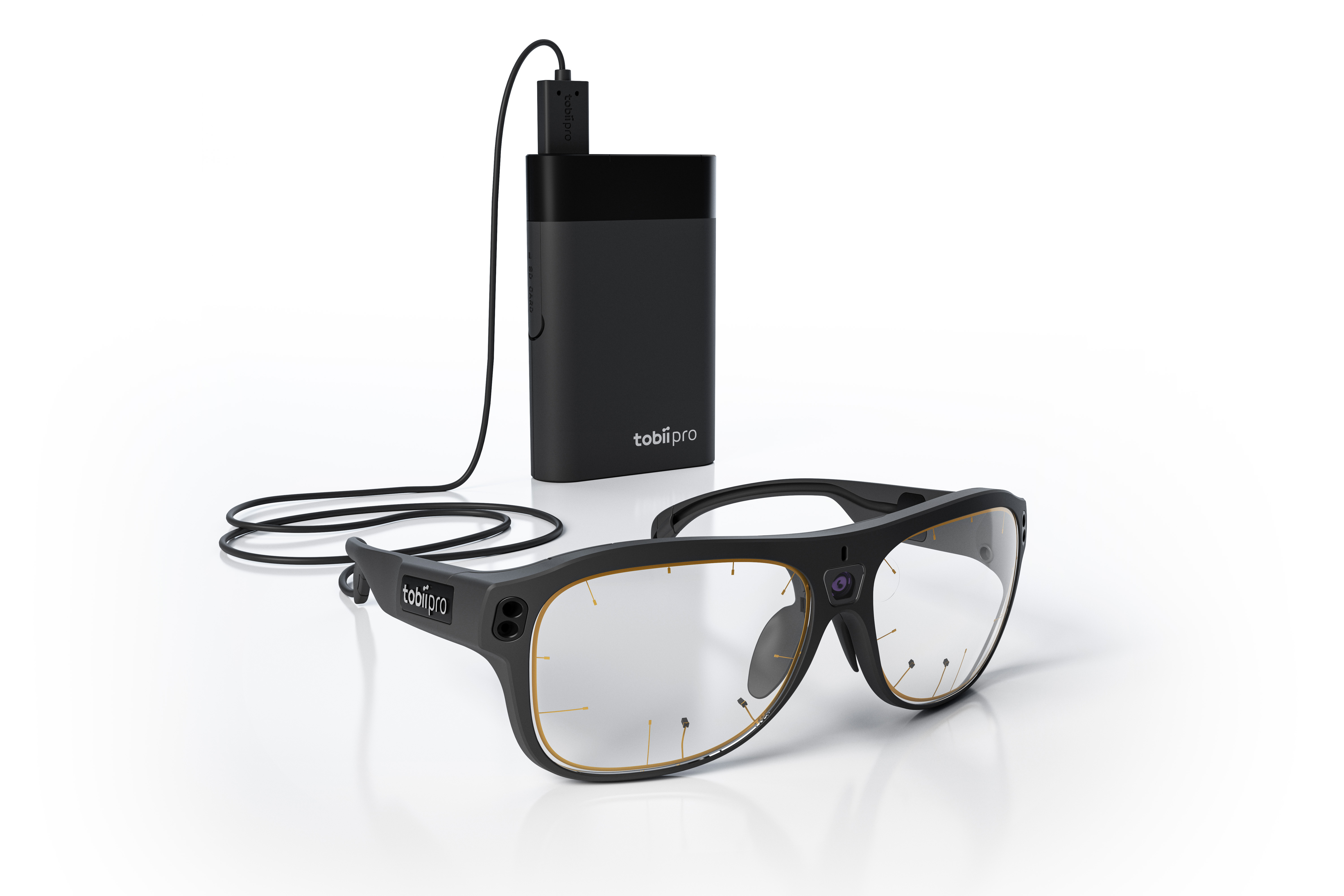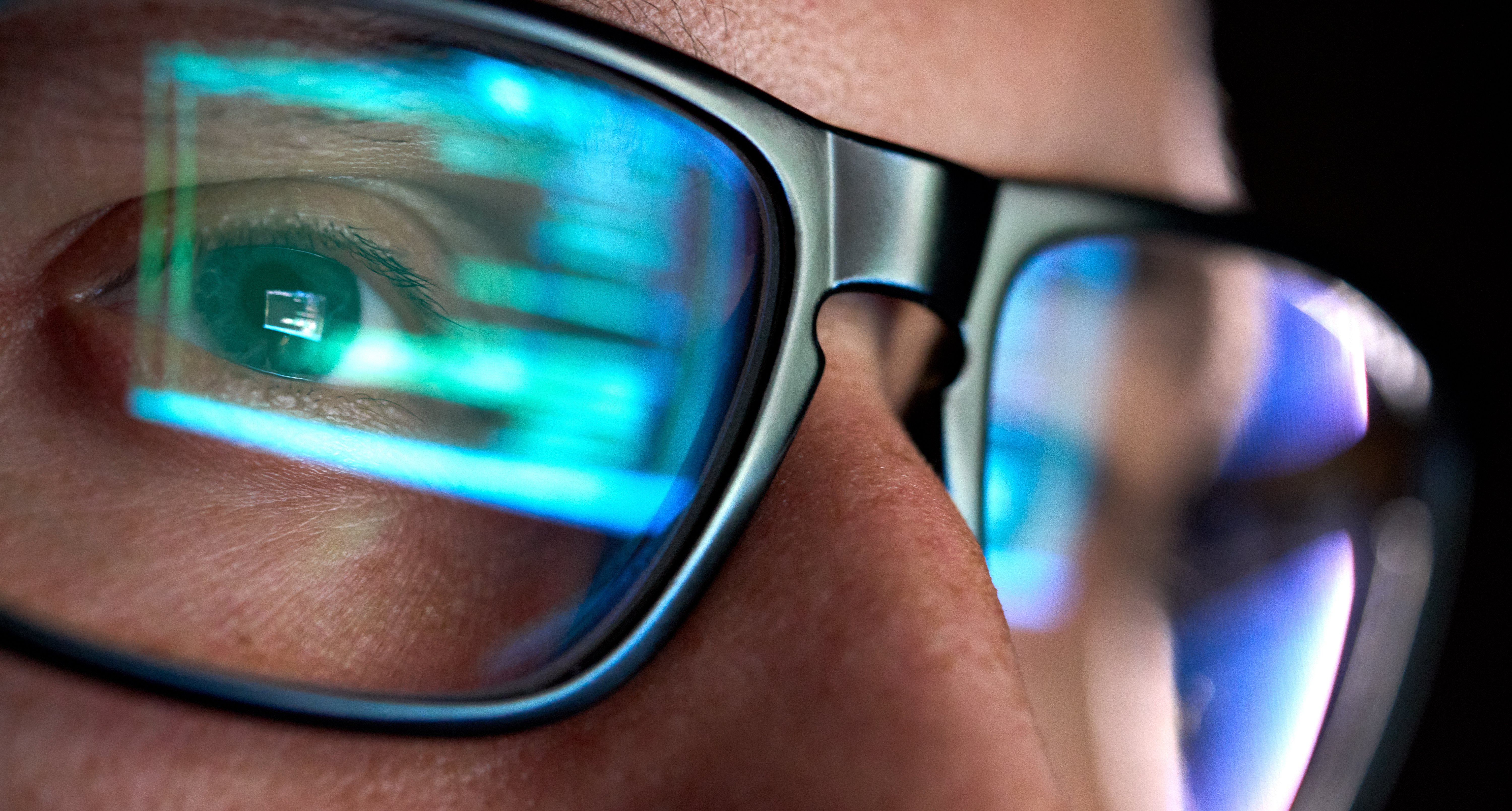
Equipment
Tobii Pro Glasses 3
Technology
Tobii Pro Glasses 3 use advanced eye-tracking technology to precisely capture the wearer's gaze direction and eye movements in real time:
- Infrared Illuminators and Cameras: invisible infrared LEDs illuminate the eyes, while high-speed cameras record reflections to capture eye movements.
- Gaze detection algorithms: These images are analyzed by algorithms to calculate the exact gaze direction and fixation points, taking into account eye and head movements.
- Calibration: Calibration ensures that the data is customized and accurate by having the wearer fixate on different points.
- Data recording: Eye tracking data is processed in real time and can be stored locally or transmitted wirelessly to provide detailed information on gaze direction and fixation duration.
Advantages
- Precise eye tracking: Precisely captures and analyzes the wearer's gaze direction and eye movements in real time, providing detailed insights into visual behavior.
- Wearable design: Lightweight and unobtrusively designed for a natural user experience without interfering with the wearer's behavior or interaction.
- Flexible data collection: Can be used both wirelessly and with local storage of eye-tracking data, depending on the needs of the study or application.
- Integrated synchronization: Seamlessly synchronizes eye-tracking data with video recordings to accurately analyze and understand gaze patterns in the real environment.
Use cases
Behavioral research
Analysis of human behavior in real environments, such as retail, product development or traffic planning

Examples
- Medicine and rehabilitation: Assessment of patients' visual attention and gaze patterns in neurological rehabilitation or cognitive ability testing.
- Vehicle and aircraft technology: Analysis of the gaze behavior of drivers or pilots in order to optimize user interfaces in vehicles or cockpits and improve safety.
- Educational research: Investigating the attention patterns of students during learning in order to develop effective teaching methods and learning environments.